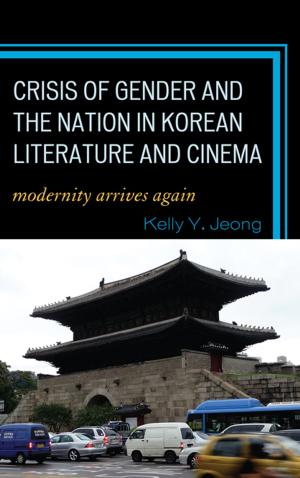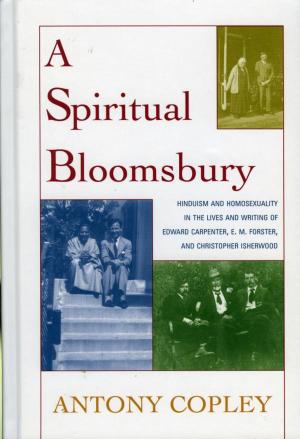The Indigenous Peoples of Mesoamerica and Central America
Their Societies, Cultures, and Histories
Nonfiction, Social & Cultural Studies, Social Science, Anthropology| Author: | Robert M. Carmack | ISBN: | 9781498558976 |
| Publisher: | Lexington Books | Publication: | August 29, 2017 |
| Imprint: | Lexington Books | Language: | English |
| Author: | Robert M. Carmack |
| ISBN: | 9781498558976 |
| Publisher: | Lexington Books |
| Publication: | August 29, 2017 |
| Imprint: | Lexington Books |
| Language: | English |
In The Indigenous Peoples of Mesoamerica and Central America, Robert Carmack focuses on K’iche’ natives of Guatemala, Masayan peoples of Nicaragua, and the native peoples of Buenos Aires and Costa Rica. Starting with Christopher Columbus’ proclaimed “discovery” of Central America, Carmack illustrates the Central American native peoples’ dramatic struggles for survival, native languages, and unique communities and states. Carmack draws on the fieldwork that he has conducted over the past fifty years to highlight the diversity of the Central American peoples, cultures, and histories, and to explain their significance relative to other native peoples of the world. This book is recommended for scholars of anthropology, Latin American studies, history, and sociology
In The Indigenous Peoples of Mesoamerica and Central America, Robert Carmack focuses on K’iche’ natives of Guatemala, Masayan peoples of Nicaragua, and the native peoples of Buenos Aires and Costa Rica. Starting with Christopher Columbus’ proclaimed “discovery” of Central America, Carmack illustrates the Central American native peoples’ dramatic struggles for survival, native languages, and unique communities and states. Carmack draws on the fieldwork that he has conducted over the past fifty years to highlight the diversity of the Central American peoples, cultures, and histories, and to explain their significance relative to other native peoples of the world. This book is recommended for scholars of anthropology, Latin American studies, history, and sociology















